Clean Tech Soaring: An Interview with Solar Impulse Co-founder Bertrand Piccard
Forrest Watkins | November 14, 2016.
“We need to embrace clean technologies, not because they are eco-logical, but because they are logical”
In early March 2015, a new kind of plane took off from a private airstrip in Abu Dhabi, United Arab Emirates. More than 10 years in development, it set off to fly around the world using only the power of the sun.
It was July of the next year by the time the plane, dubbed Solar Impulse, touched back down on the same runway. It had traveled 47,000 km over oceans and deserts with the stated goal of demonstrating “the importance of clean technologies for sustainable development; and [placing] dreams and emotions back at the heart of scientific adventure.”
At the controls for the final leg of the trip was Bertrand Piccard, the project’s initiator. A decade earlier, after completing the first non-stop circumnavigation of the earth by balloon, the entrepreneur and adventurer had sought a project that would allow him to travel the skies without worrying about his fuel consumption. As he puts it, “to be able to fly forever.”
Along with co-founder and project engineer André Borschberg, Piccard and a 90-person team of engineers and technicians worked for 12 years to develop the concept into a working prototype and then into the solar- and battery-powered plane that would eventually take them around the world.
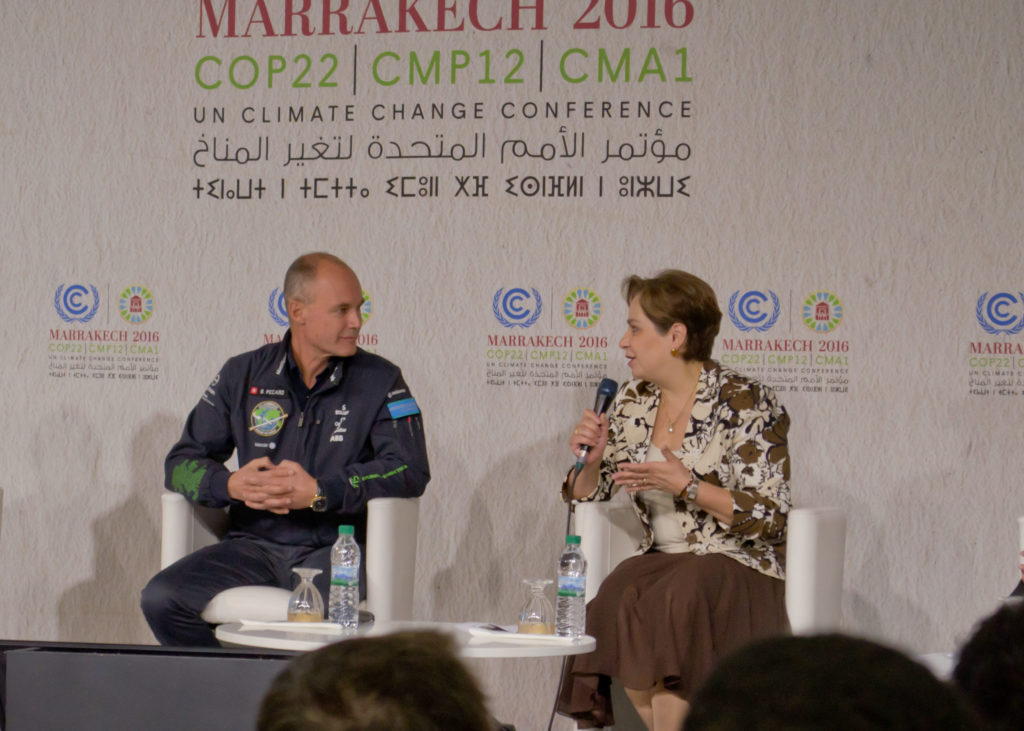
In the time since Solar Impulse landed back in Abu Dhabi, Piccard has dedicated his time to promoting the implementation of clean energy technologies around the world. The Verb sat down with Piccard this week in Marrakech, Morocco, where he was attending the UN climate negotiations and promoting his new initiative, the World Alliance for Clean Technologies (WACT).
Forrest Watkins (FW): I know that you come from a family of explorers, and that you were one yourself before Solar Impulse even started. How was Solar Impulse different than what you did previously, and what made you start off on this journey?
Bertrand Piccard (BP): [The balloon flight around the world] was a personal dream. To achieve something nobody did before. But to do that, I used 3.7 tonnes of liquid propane. We had to burn gas every night to stay airborne, and every day, I was afraid that we would fall short of gas.
Solar Impulse was born at the end of that around-the-world balloon flight. I was thinking how fantastic it must be to have no fuel on board, no fuel gauge.
Just to fly, forever.
I came with that idea to the Swiss Federal Institute of Technology, and they agreed to do a feasibility study with 14 labs, and with André Borschberg running it. And that was how I met André. At the end of the study, I thought, that’s really an interesting person, completely different from me, so if we join forces, we’ll have more assets.
André developed the technical team to build the airplane, and I found the partners who brought the money and the technology to run the adventure. And that was my goal from the beginning, to show that you can do better without fuel than with fuel, thanks to new, modern technologies.
FW: One the thing that struck me most about the technology you used was the weight in comparison to the size—the plane has a wingspan larger than a 747 but it only weighs 2.3 tons. I know that you took 10 years to engineer the plane—what was the design and engineering process?
The bottleneck is to spend the night in the air. If you only want to fly in the middle of the day, it’s easy. But if you need to fly and store energy for the night, you need a completely different type of airplane. You need it to use very, very little energy to stay airborne. Otherwise, the batteries are empty before the end of the night.
So the plane has to fly slowly and needs a lot of lift. This is why we have the big aspect ratio—very thin wings that are very wide. With this, you only have the tip of the wing that produces the drag, but the rest of the wing is producing lift. That way, there is also enough surface for the solar cells.
Finally, everything needs to be extremely light, even the batteries, because if the batteries are too heavy, you will need more energy to keep it airborne.
FW: The more batteries you have, the more batteries you need.
BP: Right. So you need to find an extremely good trade-off. The airplane industry refused to help us, so we had to find people who were out of the airplane industry, who would bring other types of technologies.
The shipyard that built the hulls of Alinghi for the Americas Cup, the Swiss boat that won twice, that shipyard built all the carbon fiber pieces for us. Some of these carbon fibre sheets, they are three times lighter than a sheet of paper. It was the only way to have this airplane light enough.
FW: You mentioned earlier that project delays added a lot to the project’s publicity, but you also have to imagine how the project would seem less relevant to commercial aviation, less practical.
BP: That wasn’t my goal, initially, but I do believe aviation will change. In 10 years, you will have electric airplanes transporting 50 passengers on short-haul flights. This is for sure, because it’s possible today. But I say electric, it doesn’t mean solar…if you want to make 1-2 hour flights, you have batteries that you load on the ground.
FW: And what about the airlines, right now?
BP: The airline industry needs to build airplanes that transport hundreds of passengers for 18 hours every day, and during 30 years—that’s the lifetime for a plane. Solar Impulse is not a good option for them today. But you always need to keep one eye on your current needs and one eye on the future needs. And it’s obvious that aviation needs to evolve to be cleaner. Even though aviation is not the most polluting industry in our world. It’s currently two to three per cent of energy consumption—nothing compared to ground mobility.
FW: But it is growing fast.
BP: You need today to have cleaner transport, that’s for sure. Long-haul airplanes will still need fuel for a very long time. But you can make them lighter, more efficient, and have direct routes. Each change will be five or ten per cent, but in combination, they can divide the fuel consumption in half.
FW: You came to this conference to promote your new initiative, the World Alliance for Clean Technologies (WACT). Can you tell us a little about your goals and your first projects?
BP: My goal is to bring together all the actors of clean technologies, the ones who produce clean technologies, the ones who implement them, the ones who promote them. It can be startups, bigger companies, institutions, associations, it can be whoever wants to join forces to create synergies between members, to speak with a stronger voice and demonstrate the solutions that we have today to reach our targets.
And all this—this is important to understand—it is not a technology problem. It is a mindset problem. People believe it is impossible, it is difficult, people believe it is expensive, but today it is not. Today these things are profitable.
FW: What kinds of projects are you looking at so far?
BP: The idea is to bring maximum members and then create an internal platform, so all the people who need something know who to ask. Then, I want to give to this alliance all the strike power that we have with Solar Impulse, in terms of media, contact with governments, and contact with institutions.
You know there are startups that have extremely good solutions. In Mexico, you have a startup that is installing solar water heaters on the roofs of houses. It’s a small startup, it’s profitable, but they need investments. If you publicise what they do, people who get interested will participate.
You have a foundation in Chile which is now trying to introduce an industry for recycling because there is no recycling industry in Chile. Our alliance can write to the government, write to the media, and promote them.
Today, all of these actors are fragmented. They speak about energy but they have no power. Let’s give them that power.





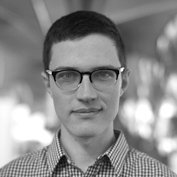
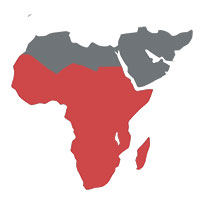
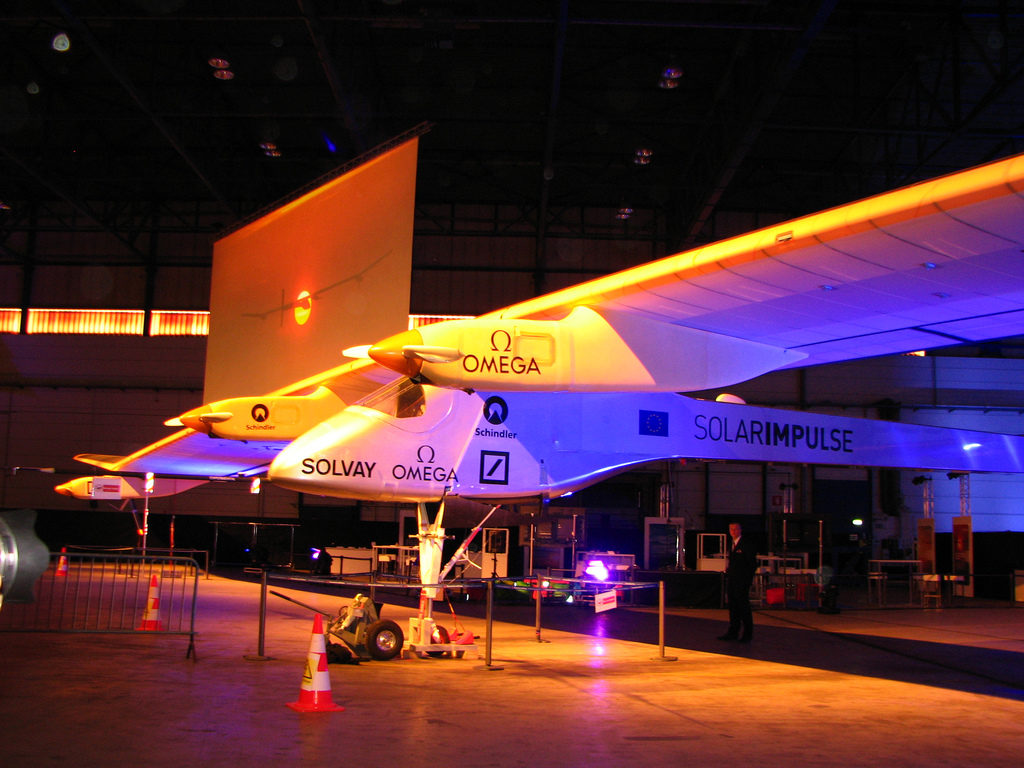
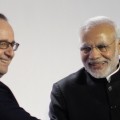





comment